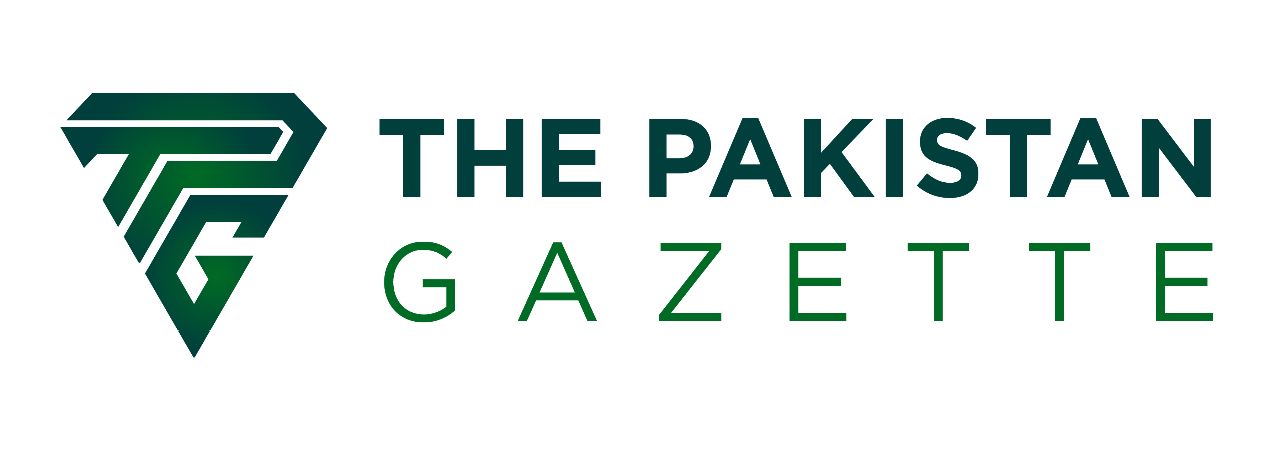
Banking and Problem-Posing Education
Education systems worldwide guide children towards a brighter future. Two prominent systems are banking education and problem-posing education. Banking education involves rote learning with no creativity, leading to a static worldview. Paulo Freire criticizes it for stifling innovation. Problem-posing education, however, encourages analysis, self-exploration, and practical learning, fostering problem-solving skills and innovation. Literature supports its transformative approach, benefiting both students and teachers. Advocating for a unified problem-posing system, the blog highlights its necessity for progress and overcoming modern challenges, aligning with John Dewey’s philosophy that “education is life itself.”
To advance in the world and to ensure every person’s future, education systems are followed throughout the world. They help develop and guide children towards a better future, giving each person to shine in the world. “An investment in knowledge pays the best interest.” (Franklin, n.d.). The famous Malcolm X also says, “Education is the passport to the future, for tomorrow belongs to those who prepare for it today.” (X, n.d.).

There are various educational systems each with their unique ways of educating. One major conflict between education systems is between banking education and problem-posing education.
Banking education is a way of educating children by simply relaying information to them by teachers. There is no creativity or any extra input by students.
Students have to remember exact details and students aren’t allowed to explore things on their own. Students are required to learn theoretically with no practical means of learning. They are taught that a world runs in a single system and that same system has to be maintained. The world is static and people should fit in it. As said by Paulo Freire, “It doesn’t teach true skills other than memorizing the info long enough to pass the test.” (Jerome). Paulo Freire further says teachers use their authority to control what is being taught. This meant the students will only learn as much as the teacher knows. Instead of breeding a new innovative generation, Banking education destroys the concept of innovation.

Problem-posing education focuses on asking students more than telling. It introduces a way for each student to shine differently. Problem-posing education asks students to analyse and learn. It expects every student to think on their own, and develop their own skills. No teacher has the authority to teach children in the exact same way. This helps students in developing problem-solving skills along with other skills. Students and teachers develop a bond and their coordination is better. ‘Literature suggests that problem pose involves the student in the transformation of knowledge and understanding, engages them in constructing knowledge through various processes, and enables them to generate new knowledge through self-exploration (Mishra & Iyer, 2015).

Problem-posing education leads to new possibilities, sometimes even teachers learn from their students. It teaches children to learn practically so that when the time comes, these children will not hesitate to act on their own.
Problem-posing education ensures the breeding of an innovative child. The conflict between the two systems remains, to this day people argue over which system is better for their child.
In my point of view, the world should run with one education system and that should be the problem-posing system. As time progresses, the law of life requires everything to move forward. Without advancements, mankind cannot overcome new and harder hurdles. Especially in the 21st century, where diseases like the coronavirus have struck, it is essential to produce minds capable of overcoming such dire problems. The great American philosopher, John Dewey, says “Education is not preparation for life; education is life itself.” (Dewey, n.d.)

The writer studies at the National University of Computer and Emerging Sciences FAST.
